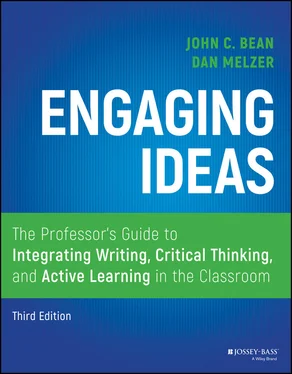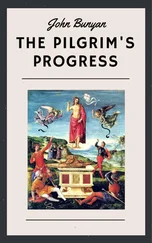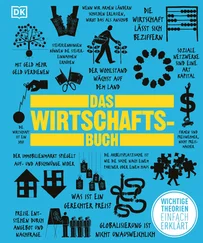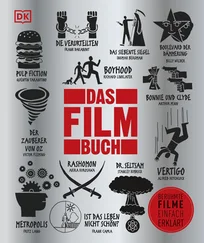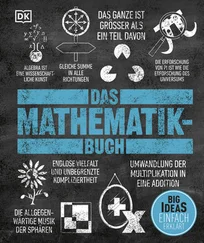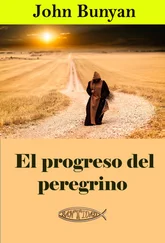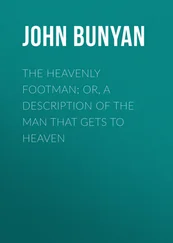Before reading what I write, my readers will think this way about my topic: ________________________________________________________
But after reading what I write, my readers will think this different way about my topic: __________________________________________________
Here are some examples:
Before reading my analysis essay, my readers will think that Beloved is a novel about the past injustices of slavery. But after reading my essay, my readers will see that Toni Morrison's novel confronts the past as a way of healing the racial climate of the present.
Before reading my science blog for kids, my readers will think that summer is hotter than winter because the earth is closer to the sun. But after reading my blog, they will see that summer is hotter than winter because the tilt of the earth's axis causes the “summer hemisphere” to receive more concentrated overhead sun rays and the “winter hemisphere” to receive more slanted, diffused sun rays.
Before reading my op‐ed piece, my readers will think that wind power is a viable alternative energy source for the Pacific Northwest. But after reading my op‐ed, my readers will see that wind power cannot provide this region with more than a small percentage of its electricity needs.
Before reading our experimental report, our readers will be agnostic about the comparative level of gender stereotyping in 1940s Mickey Mouse cartoons and recent SpongeBob SquarePants cartoons. After reading our report, readers will see that SpongeBob SquarePants cartoons have significantly less gender stereotyping.
Articulating purpose in this way is particularly valuable in settings calling for thesis‐governed prose. When the thesis pushes against an alternative view, it creates the kind of tension encouraged by Graff and Birkenstein's (2009) template “They say/I say.” Because the writer must support a contestable thesis against a background of what others say, readers can appreciate that something is at stake in the argument. Moreover, articulating purpose in terms of changing the audience's view is an effective antidote against “and then” papers, “all about” papers, and data dumps as described in chapter 2.
When helping students think about audience, therefore, instructors should encourage students to imagine their audience's initial stance toward their topic and to see their purpose as bringing about a change in that stance. It is this initial audience stance that creates for the writer an implied purpose or role. Here are some typical kinds of audiences and initial stances that instructors can use:
Naive or “learner” audience . Here the instructor specifies a naive audience who needs new information or a clear explanation of something. The student plays the role of expert relative to the assigned audience.
Explain the difference between velocity and acceleration to a student who missed last week's class discussions.
Your uncle thinks it is unfair and stupid that passengers sitting in the same section of an airplane probably paid different prices for their tickets. As an economics student, help your uncle see why all these different prices make economic sense and are not unfair.
Your boss needs information on competitors' marketing and pricing strategies for selected items that are not selling well in your stores. Do the research and write an informative report for the boss.
A nine‐year‐old diabetic child needs to understand the glycemic index of foods. As a pediatric nurse, prepare a short talk that will explain glycemic index in language the child will understand.
Undecided or puzzled audiences with skeptical tendencies . Here writer and reader of equal status confront a shared question or problem. The writer's role is to present, through critical thinking and analysis, a “best solution” to the problem while attending to counterviews. The audience will be interested in your solution but will raise skeptical questions.
What kind of bearings should our engineering team use in our design for a circumferentially mounted radiator fan? Write your proposal to the rest of your team. They are uncertain about the best approach but likely to raise objections to your solution.
Does Hamlet change in the last act? Write to classmates who are apt to be skeptical of your answer.
You are a research assistant to a state legislator who needs to decide whether to support a new sales tax on soda and candy as a means of raising state revenues and reducing consumption of sugar. Using the economic analysis tools we have learned in class, write a recommendation memo to your boss.
Resistant or hostile audiences . Here students must imagine an audience whose views of the subject are well formed and opposed to the writer's view. The writer's purpose is more clearly argumentative and persuasive.
The design team for the circumferentially mounted radiator fan has recommended air bearings, but you believe that this decision is a mistake. Write a memo to the team's project manager laying out your best case against air bearings.
Next week there will be a public hearing on whether to use taxpayer dollars to build a new sports arena for a professional basketball team in your city. Because you have been researching public financing of sports stadiums, you have been asked to present your position in a formal speech at the beginning of the hearing. Prepare your PowerPoint presentation for a five‐minute speech. Try to sway those most opposed to your position.
The value of helping students consider purpose and audience was revealed in Dan's national study of college writing assignments across disciplines, Assignments across the Curriculum (2014). Dan discovered that two‐thirds of the more than 2,000 writing assignments in his corpus were for purposes focused on low‐level thinking skills such as summarizing or describing information from textbooks or lectures. In the majority of the assignments in Dan's study, the instructors play the role of “examiner,” asking students to regurgitate information to prove understanding. The rhetorical situations for these assignments—the purpose and audience—were typically narrow and limited. Providing students with richer and more meaningful rhetorical situations than just “student to examiner,” and helping students think rhetorically about audience and purpose, can lead to deeper engagement with subject matter problems and to substantial improvements in their writing.
Two examples from John's research with colleagues across the disciplines illustrate the value of providing students with a more sophisticated and meaningful rhetorical situation than just the student's regurgitating information to the teacher as a judge. In a sophomore organic chemistry course, chemists Peter J. Alaimo and Joseph Langenhan decided to eliminate cookbook lab reports (which they saw as a pseudo‐genre, similar to the “research paper” that exists only in schools) in order to teach students how to write authentic professional papers in chemistry (Alaimo, Bean, Langenhan, and Nichols, 2009). To do so, they redesigned their labs to create authentic experimental problems that simulated discovery research. (Chemists interested in how Alaimo and Langenhan redesigned their labs to enable discovery research can read their article in Journal of Chemical Education listed in the references as Alaimo, Langenhan, and Suydam, 2014.)
Their scaffolded writing assignments for their redesigned labs specified a professional audience of practicing chemists who expected an authentic scientific paper rather than a “lab report,” which, they said, “encourage[s] students to think and behave like students rather than like professionals” (20):
Students' assumption that the audience for their reports is the instructor contributes to a novice style. In many cases this assumption is highly visible: Students [often referred] to the instructor directly in their writing (e.g., “Professor Alaimo said we should use 1 M NaOH rather than the 1.2 M NaOH that the lab manual recommended”). (20)
Читать дальше
